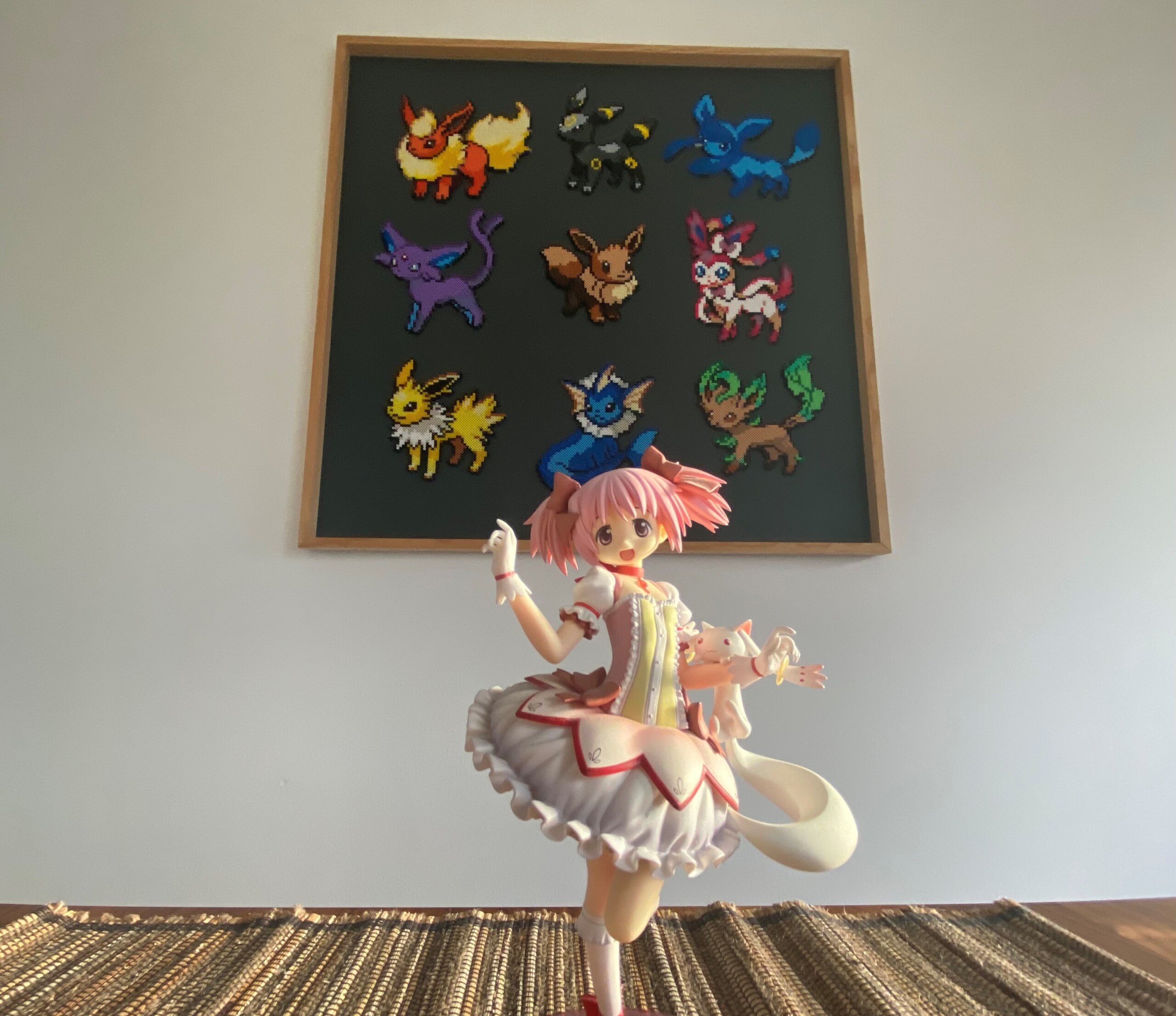Anyone who is passionately involved in the industry is almost inevitably also a cineast, or at least close to it. The love for entertainment in the film and cinema industry is great. Hollywood continues to deliver the biggest blockbusters, especially in the western markets, but meanwhile Europe is gradually following suit. What many lose sight of, however, are other, “distant” markets that score much more with the audience with domestic productions.
China: Since the 2010s, there has been a significant increase in Chinese films, they have long since grossed more than Western films. In India, too, Bollywood has long since ceased to be just dance and song, it can be serious serious. With “Brahmastra”, which started in cinemas this year, an Indian version of the Marvel universe is even introduced, how successful this is remains open. But one common denominator remains the same: almost all are with “real” actors. It’s different in Japan: the following is an excursion into the land of the rising sun.
Japan has undoubtedly always been one of the most culturally unique countries, with its Shinto shrines, straightforwardness and cuisine. At first glance, it was a kind of social shock in a positive sense with the first step off the plane. Like many countries, however, Japan is also affected by cases of corruption and cultural neglect with the Yakuza influencing the society. If you look at lists of the most successful films “Made in Japan” you will find titles such as “Spirited Away” (WW boxoffice: USd $400 million), “Your Name” (WW boxoffice: USD $380 million) or “Demon Slayer” (WW boxoffice: USd $500 million). Among the 20 most successful films are 17 anime.
To understand that, you have to dive into J-culture between neon lights and cosplay. Anime is the Japanese equivalent of cartoons from the West and is currently probably the largest cultural export from the Asian country. The first historical anime is a few seconds long animation from the early twentieth century, which was rediscovered and restored only a few years ago. A lot has changed since then, we keep up with the times. Hardly anyone has shaped the industry as much as director Hayao Miyazaki and his Studio Ghibli, who won the Academy Awards for best animated film in 2003 for his film “Spirited Away.”
Through him, anime established itself more and more in Europe and America. There were also early points of contact through TV series such as Sailor Moon, the generation-defining video game series Pokémon from the video game manufacturer Nintendo or the MMO Genshin Impact. One often speaks of different phases of anime, precisely because some genres that attract many viewers today did not even exist a few years ago.
Currently, “One Piece: Red” shows with impressive figures that the medium of anime should neither be ignored nor underestimated. It should not be seen as children’s stuff or as a competitor to the usual film, but also much more as a supplement to bring younger audiences of the TikTok generation to the cinema, as it is popular there like never before.
